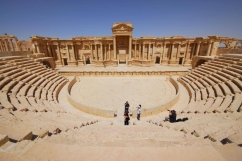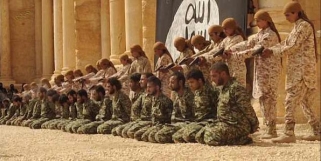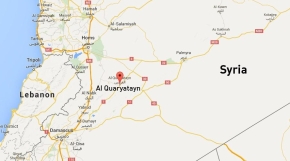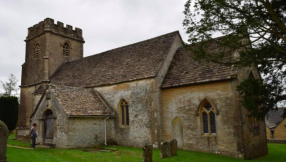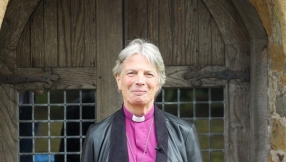Islamic State (IS) militants beheaded an antiquities scholar in the ancient Syrian city of Palmyra and hung his body on a column in a main square of the historic site, Syria's antiquities chief said on Tuesday.
IS, whose insurgents control swathes of Syria and Iraq, captured Palmyra in central Syria from government forces in May, but are not known to have damaged its monumental Roman-era ruins despite their reputation for destroying artefacts they view as idolatrous.
Syrian state antiquities chief Maamoun Abdulkarim said the family of Khaled Asaad had informed him that the 82-year-old scholar who worked for over 50 years as head of antiquities in Palmyra was executed by Islamic State on Tuesday.
Asaad had been detained and interrogated for over a month by the ultra-radical Sunni Muslim militants, he told Reuters.
"Just imagine that such a scholar who gave such memorable services to the place and to history would be beheaded ... and his corpse still hanging from one of the ancient columns in the centre of a square in Palmyra," Abdulkarim said.
"The continued presence of these criminals in this city is a curse and bad omen on [Palmyra] and every column and every archaeological piece in it."
Abdulkarim said Asaad was known for several scholarly works published in international archaeological journals on Palmyra, which in antiquity flourished as an important trading hub along the Silk Road.
He also worked over the past few decades with US, French, German and Swiss archaeological missions on excavations and research in Palmyra's famed 2,000-year-old ruins, a UNESCO World Heritage Site including Roman tombs and the Temple of Bel.
Before the city's capture by Islamic State, Syrian officials said they moved hundreds of ancient statues to safe locations out of concern they would be destroyed by the militants.
In June, Islamic State did blow up two ancient shrines in Palmyra that were not part of its Roman-era structures but which the militants regarded as pagan and sacrilegious.










